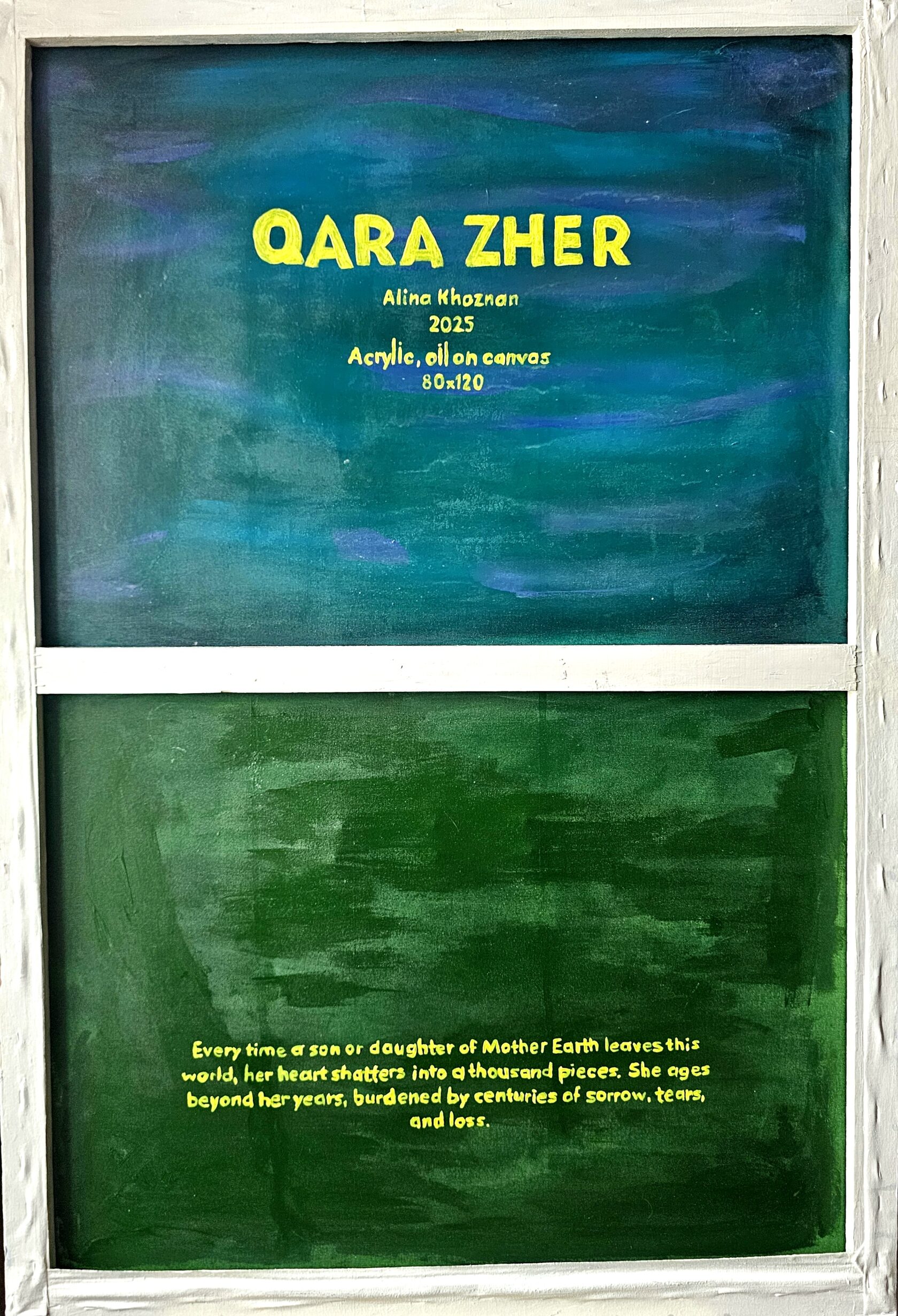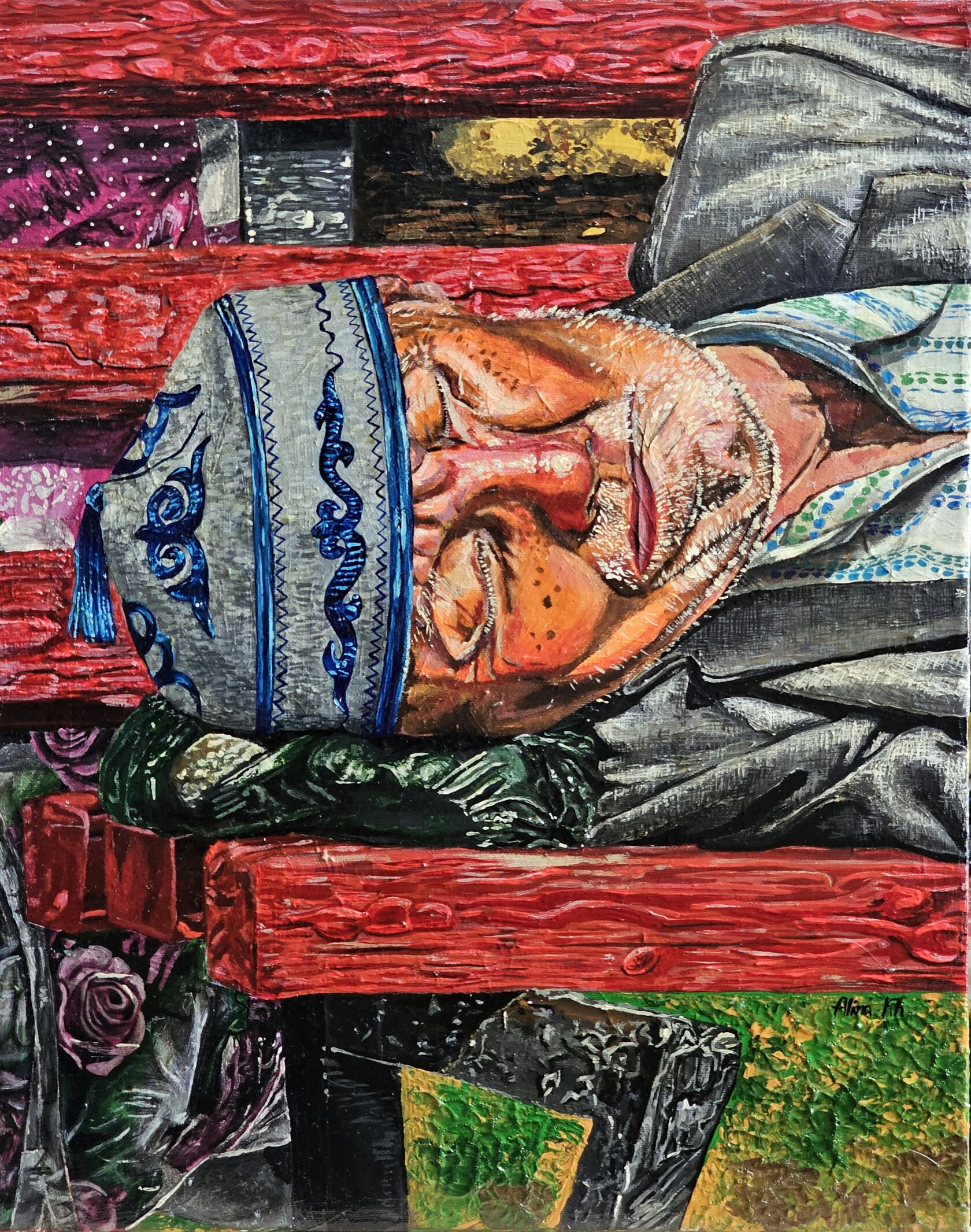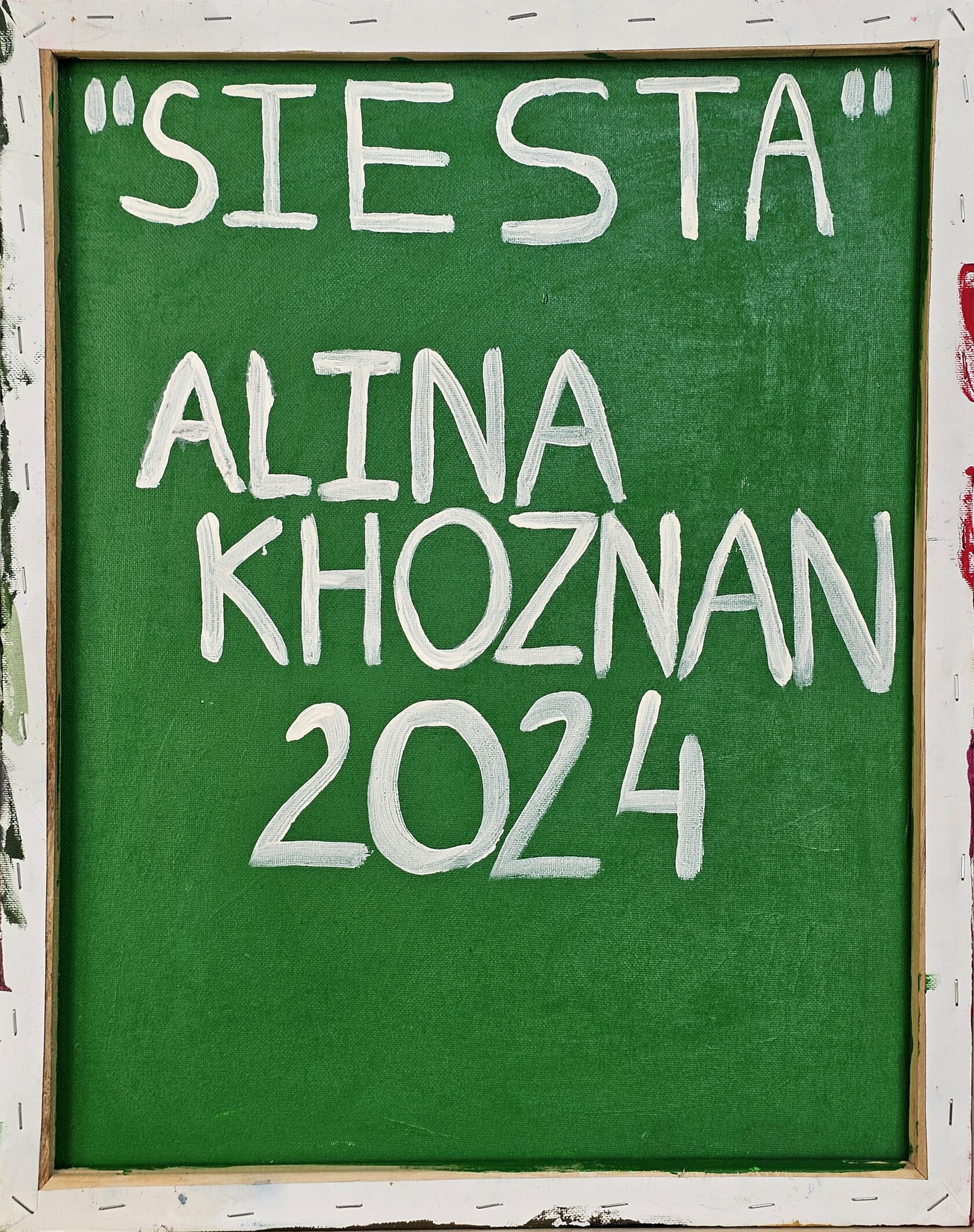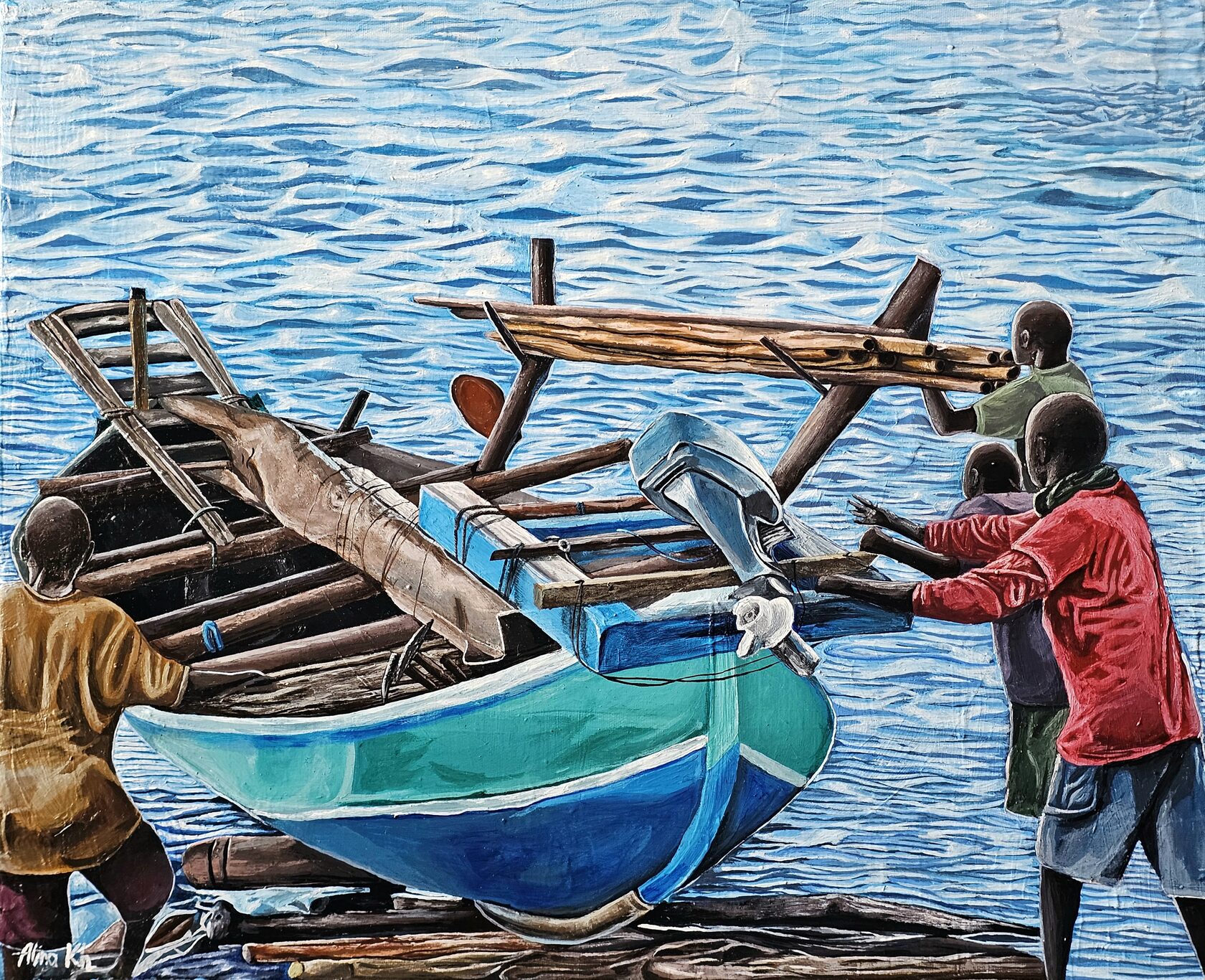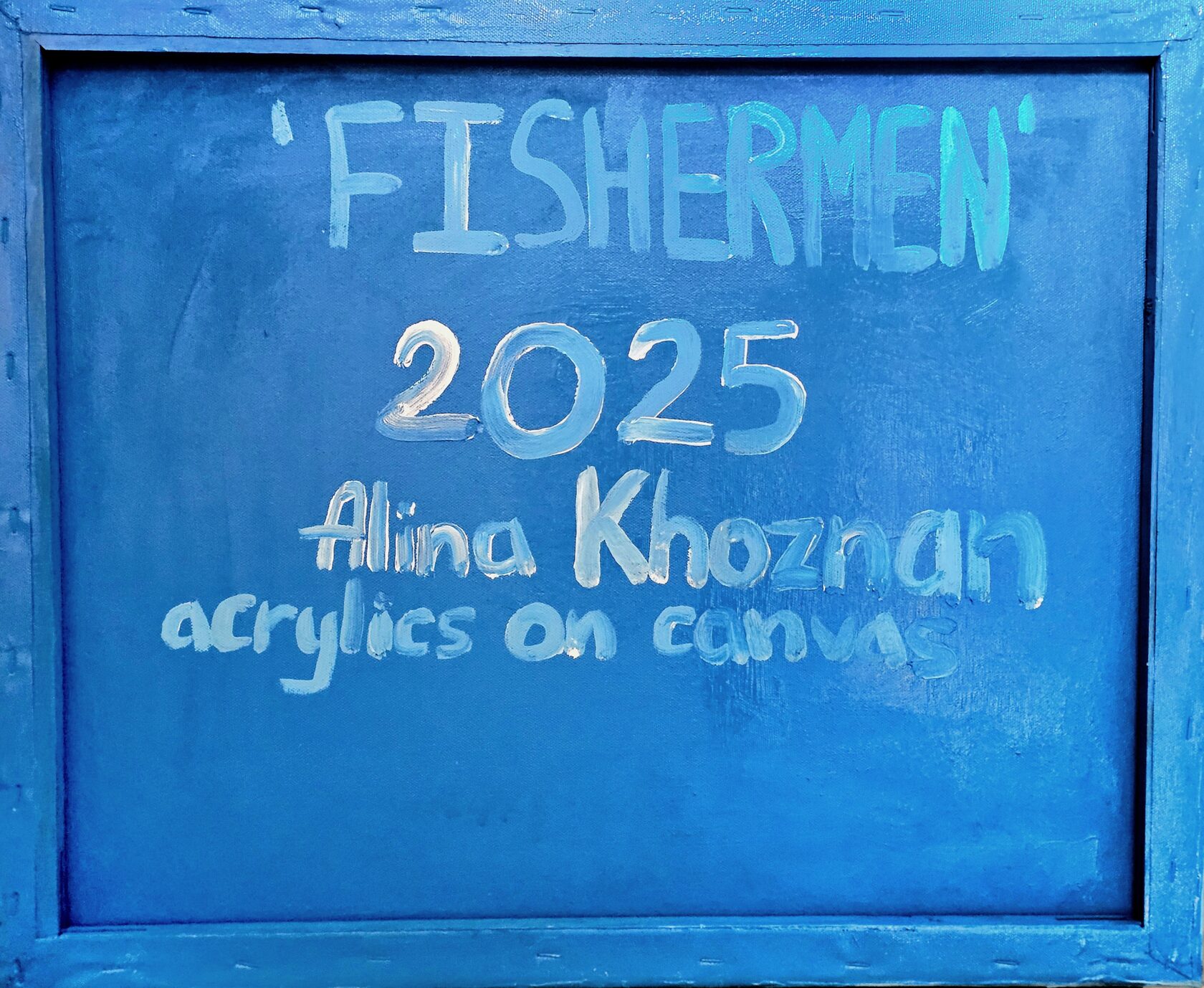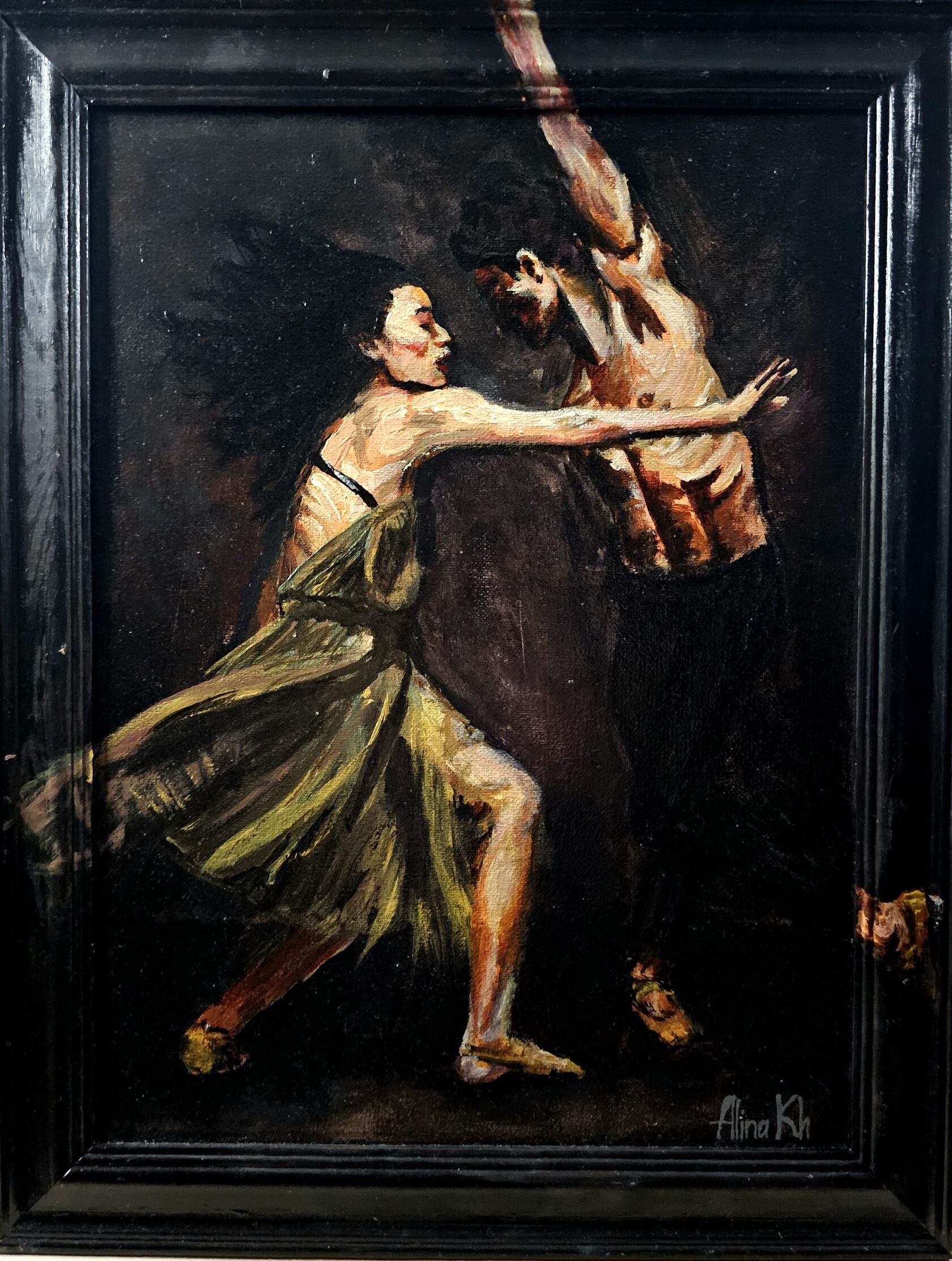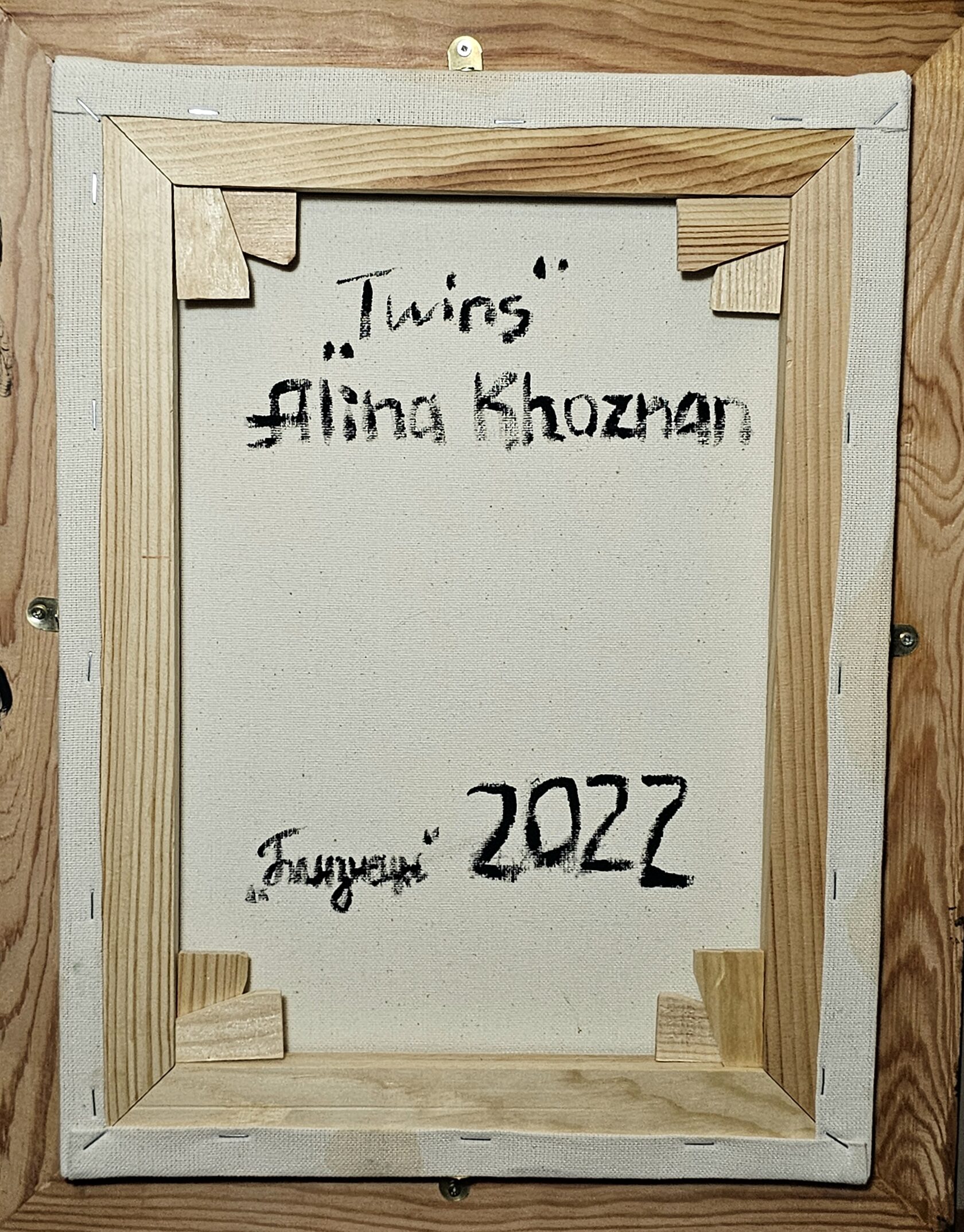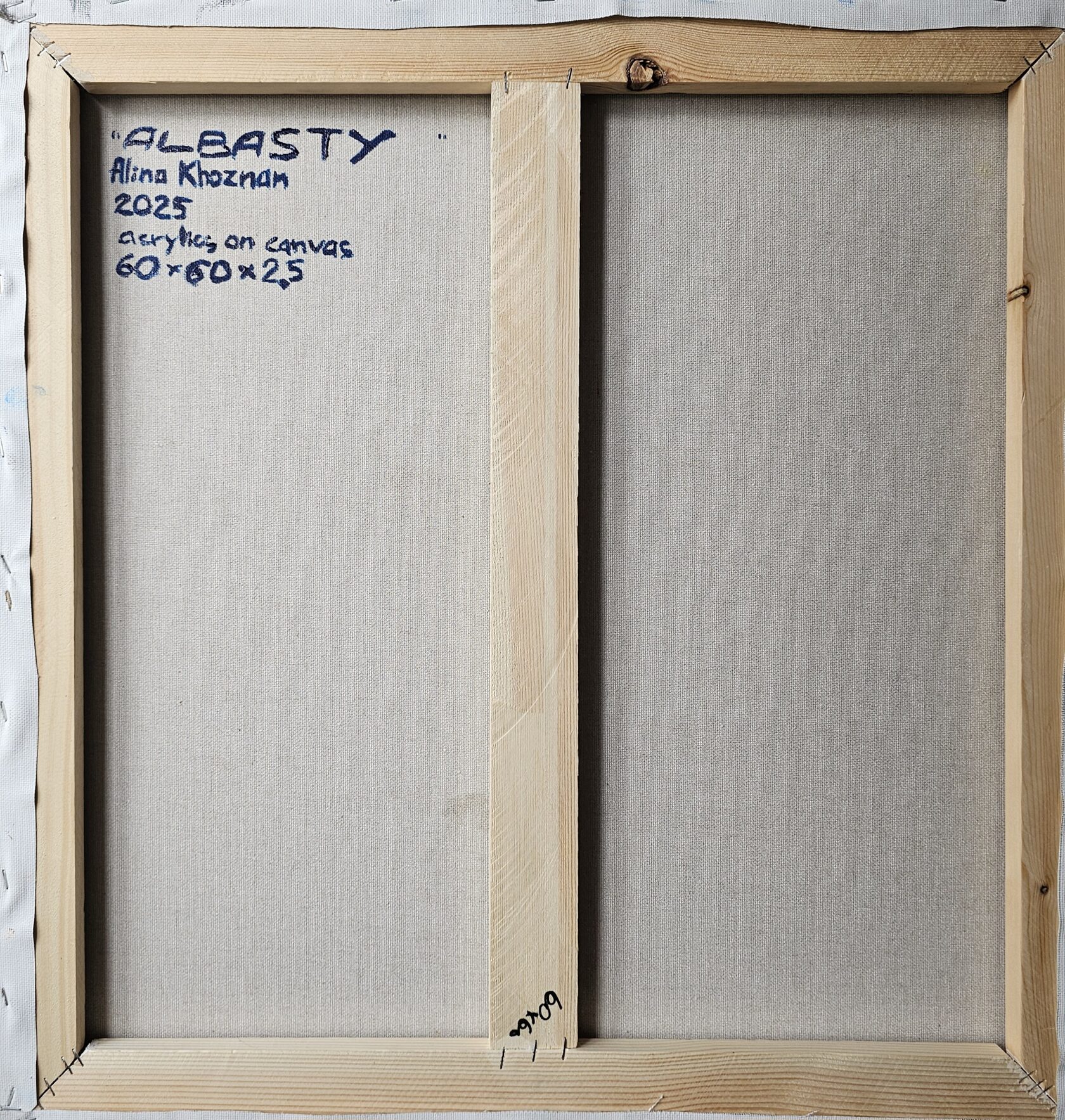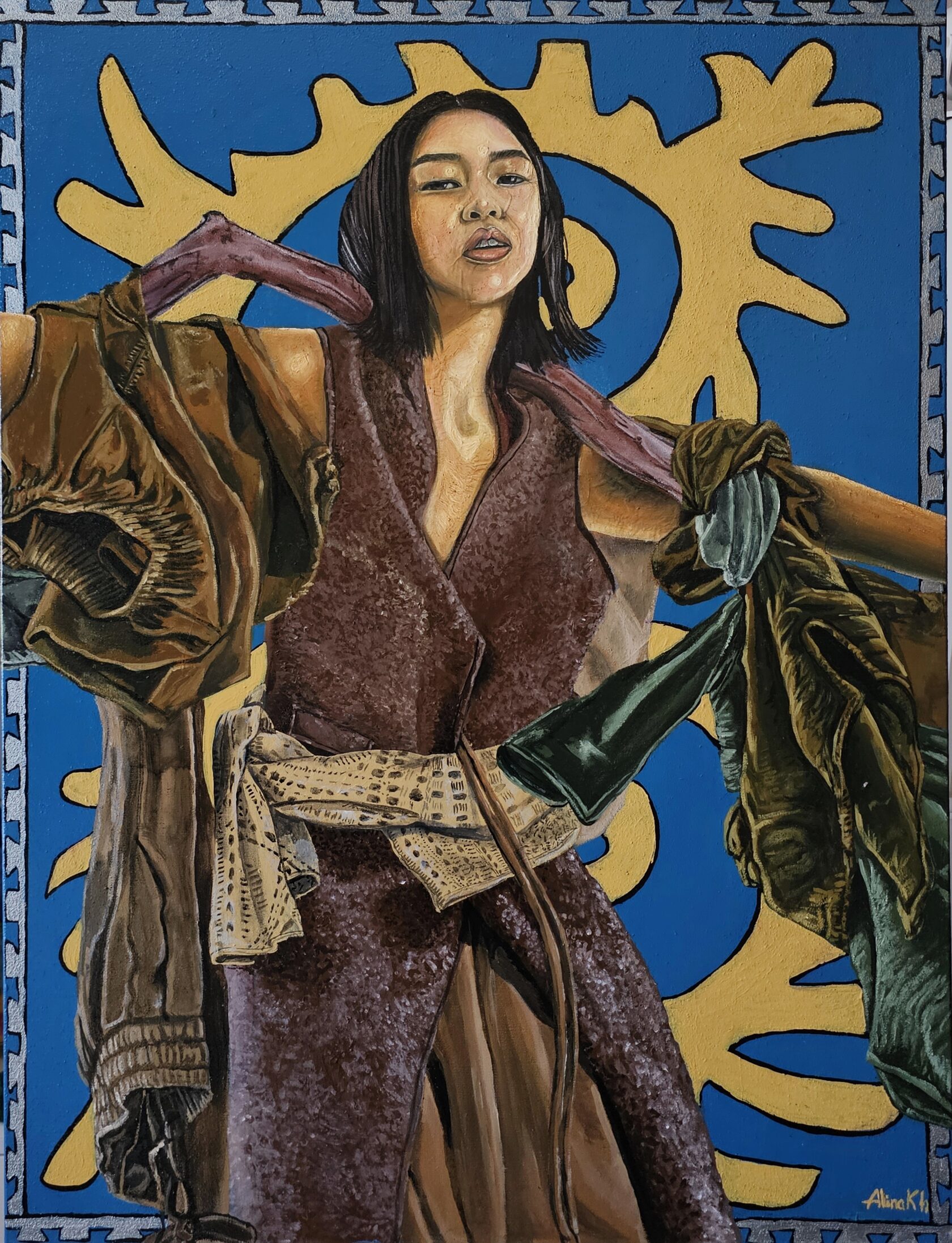ALINA KHOZNAN
I am a painter who explores social issues and the emotional depth of human experience through my artworks. My portraits aim to uncover the inner world of people — their emotions, thoughts, and the invisible stories behind their faces. I strive to capture not just appearances, but the essence of a person — their soul, their background, and the silent truths that define who they are.
Alongside my human portraits, I also paint animals, especially dogs, who have always been an important part of my life. Through my dog series, I reflect on themes of compassion and social awareness, drawing attention to the problem of homeless animals and their place in our shared world. For me, these works are about empathy — the connection between humans and all living beings.
In some of my artworks, I also explore the national identity of Kazakhstan — its culture, people, and emotions that shape my own sense of belonging. While not all of my works are directly connected to this theme, it remains an essential part of my artistic path and personal dedication.
Through all my paintings, I aim to invite the viewer into an honest dialogue — about humanity, kindness, and the shared emotional space we inhabit.
Alongside my human portraits, I also paint animals, especially dogs, who have always been an important part of my life. Through my dog series, I reflect on themes of compassion and social awareness, drawing attention to the problem of homeless animals and their place in our shared world. For me, these works are about empathy — the connection between humans and all living beings.
In some of my artworks, I also explore the national identity of Kazakhstan — its culture, people, and emotions that shape my own sense of belonging. While not all of my works are directly connected to this theme, it remains an essential part of my artistic path and personal dedication.
Through all my paintings, I aim to invite the viewer into an honest dialogue — about humanity, kindness, and the shared emotional space we inhabit.

© ALINA KHOZNAN
E-mail: alinakotenok@bk.ru
Instagram: @alinakh.portrait


